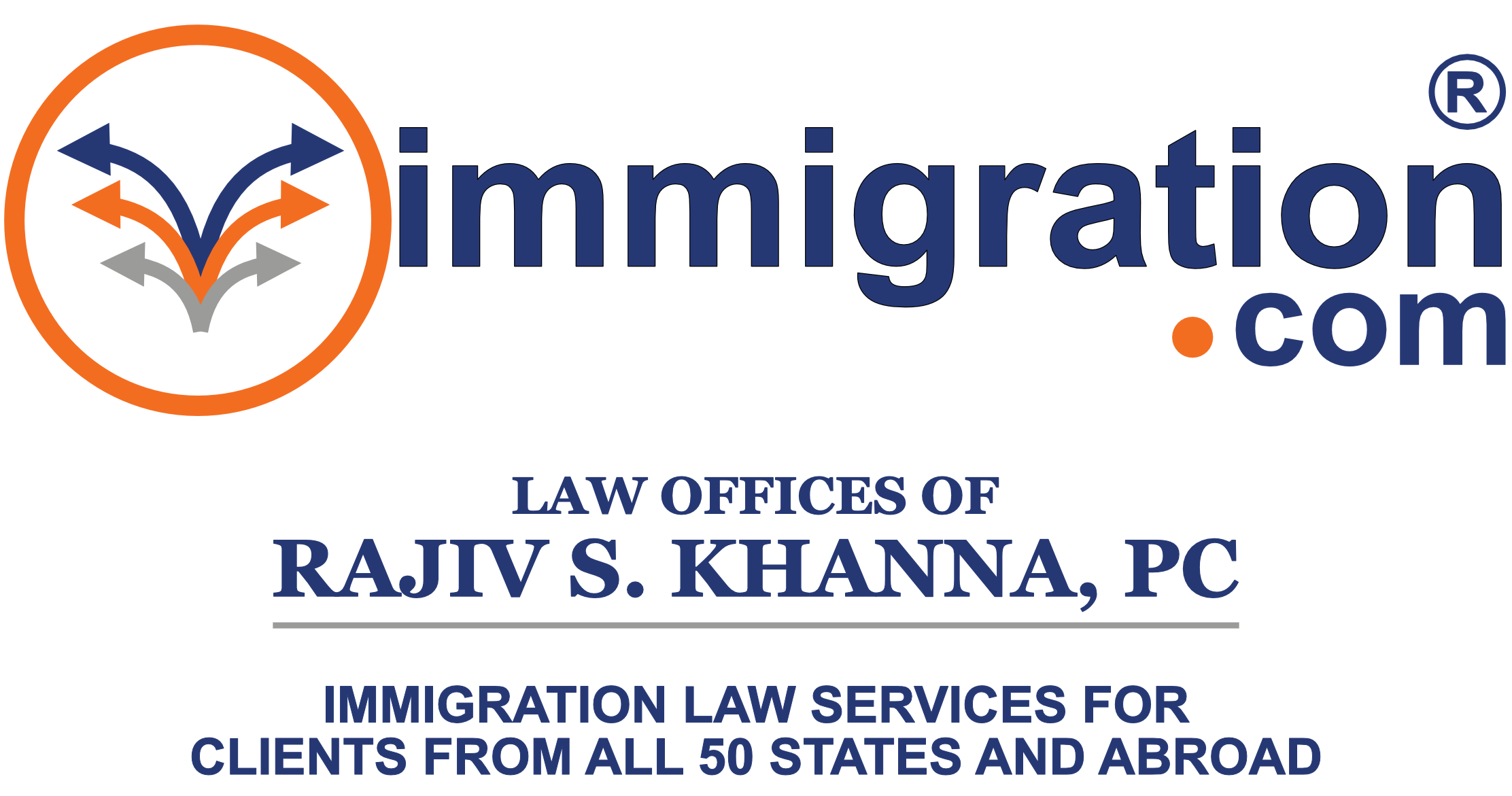DOL Updates PERM FAQs On Placement Of Job Orders
- When an employer places a job order with a State Workforce Agency (SWA), is it required to indicate its name on the job order posting? If so, what should the employer do if the SWA's procedures do not allow for the employer's name to be visible to job seekers?
In accordance with PERM regulations at 20 CFR §656.17(f)(1) and the preamble (69 FR 77326, 77348 (Dec. 27, 2004)), as with any advertisement, the employer's name must appear on the job order placed with the SWA. SWA procedures that allow for applicants to view the employer name only after applying for the position do not satisfy the requirement that the employer's name be in the job order. If the SWA's job placement process results in the name of the employer not being visible to job seekers, the employer must include its name in the body of the job order so that the employer's name is visible to potential applicants when viewing the job order.
June 11, 2012 - Must an employer receive all resumes that are submitted to a State Workforce Agency (SWA) through a SWA-posted job order? If yes, what must the employer do to ensure the SWA refers to it all U.S. workers?
In the preamble to the PERM regulations (69 FR 77326, 77331 (Dec. 27, 2004)), the Department of Labor indicated that SWA job order "[r]eferrals will be handled the same way they are handled for other job orders, which may vary from state to state." However, the PERM regulations at 20 CFR §656.10(c)(8) also state that the employer must attest that "[t]he job opportunity has been and is clearly open to any U.S. worker." Therefore, the employer must receive all resumes submitted to the SWA through a posted job order. To ensure that the SWA refers to it all U.S. workers, the employer must indicate to the SWA, pursuant to each SWA's specific process, that it wants to receive all resumes and all types of referrals (e.g., qualified, best qualified, minimally qualified, etc.). This instruction to the SWA ensures that the employer is accepting and reviewing the resumes of all U.S. workers and determining which of the applicants meets the minimum qualifications for the job opportunity, as well as gives all U.S. workers access to such jobs.
June 11, 2012 - How long must job orders be posted to be compliant with PERM requirements? Are there further requirements as to whom the job order content must be accessible and/or visible for the required time period?
Under the PERM regulations at 20 CFR §656.17(e)(1)(i)(A) and §656.17(e)(2)(i), the employer's job order for both professional and nonprofessional occupations must be placed with the SWA serving the area of intended employment for a period of 30 days. Moreover, during this 30-day period, the job order must be accessible and visible to the public at large, i.e., the entire pool of job seekers potentially qualified for the position. Therefore, where a SWA has a special exemption of making job orders accessible to only certain groups, such as veterans, the employer must still ensure that the job order is accessible and/or visible to the public for the full required period of 30 days. The employer can accomplish this by instructing the SWA to post the job for the required 30-day time period only after the days during which the SWA holds the job order open only to the select group.
For example: If the job order start date is Monday, May 7, 2012, the end date must be Wednesday, June 6, 2012, to meet the 30-day job order posting requirement. However, if the SWA places a hold on the job order, so that it is only accessible and/or visible to a certain group, from Monday, May 7, 2012, until Wednesday, May 9, 2012, then the employer must ask the SWA to keep the job order open, and accessible and/or visible to the public at large, from Thursday, May 10, 2012 until Saturday, June 9, 2012, to comply with the 30-day requirement.
June 11, 2012
